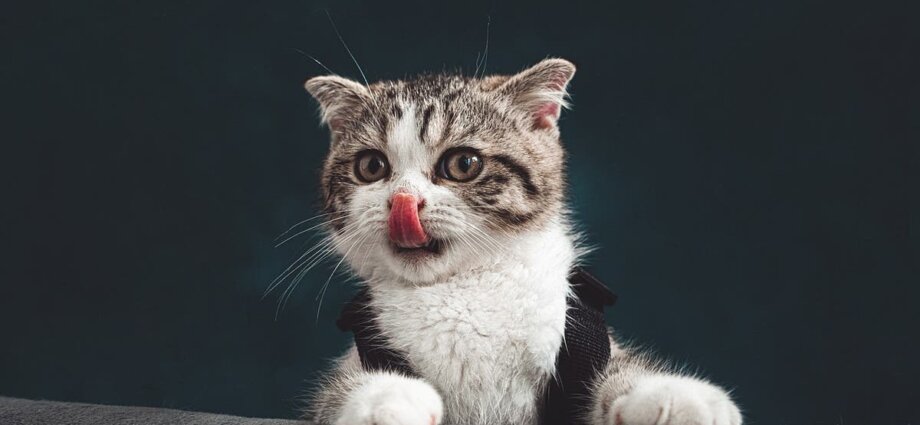Cats can learn words faster than human babies, a new study has found.
The felines have been living alongside humans for around 12,000 years, and during this time, they seem to have closely observed our communication styles, experts believe.
A recent study suggests that the pets have the ability to associate words with specific objects or images even faster than human infants do.
Previous research has indicated that cats possess various cognitive abilities. They can follow human pointing gestures, recognise their names, and even identify familiar cats and people.
The research led by Saho Takagi, cognitive scientist from Abazu University in Japan and the lead author of the study, suggested that cats might be “hard-wired” to learn aspects of human language.
“I was very surprised, because that meant cats were able to eavesdrop on human conversations and understand words without any special reward-based training,” he said.
So far, it has been unclear whether cats learn other human words in the same way dogs do.
In a bid to find out more, Mr Takagi and his team designed an experiment using methods previously employed to study language development in 14-month-old human babies.
The infants typically begin to associate words with objects after hearing them repeatedly, and it usually requires around 16 to 20 exposures for them to remember the terms.
In their study, the researchers tested 31 adult pet cats. Each animal was places in front of a laptop displaying two short cartoon animations while an audio track played, featuring their caregiver saying a made-up word.
Scientists noted that “most cats habituated to the stimulus pairing after four trials,” a process shorter than what is typically afforded to infants in similar studies.
In another trial, half of the audio clips did not match the images and the cats showed signs of confusion, spending an average of 33 per cent more time looking at the screen when they noticed a mismatch between the word and the image.
According to the study, the results suggested that cats are capable of quickly forming associations between pictures and words.
“Some cats even gazed at the screen with their pupils dilated during the ‘switched’ condition,” Mr Takagi explained. “Cats pay attention to what we say in everyday life – and try to understand us – more than we realize.”
However, experts insist that further studies are needed to determine whether these cognitive abilities are unique to cats or shared among various species.











